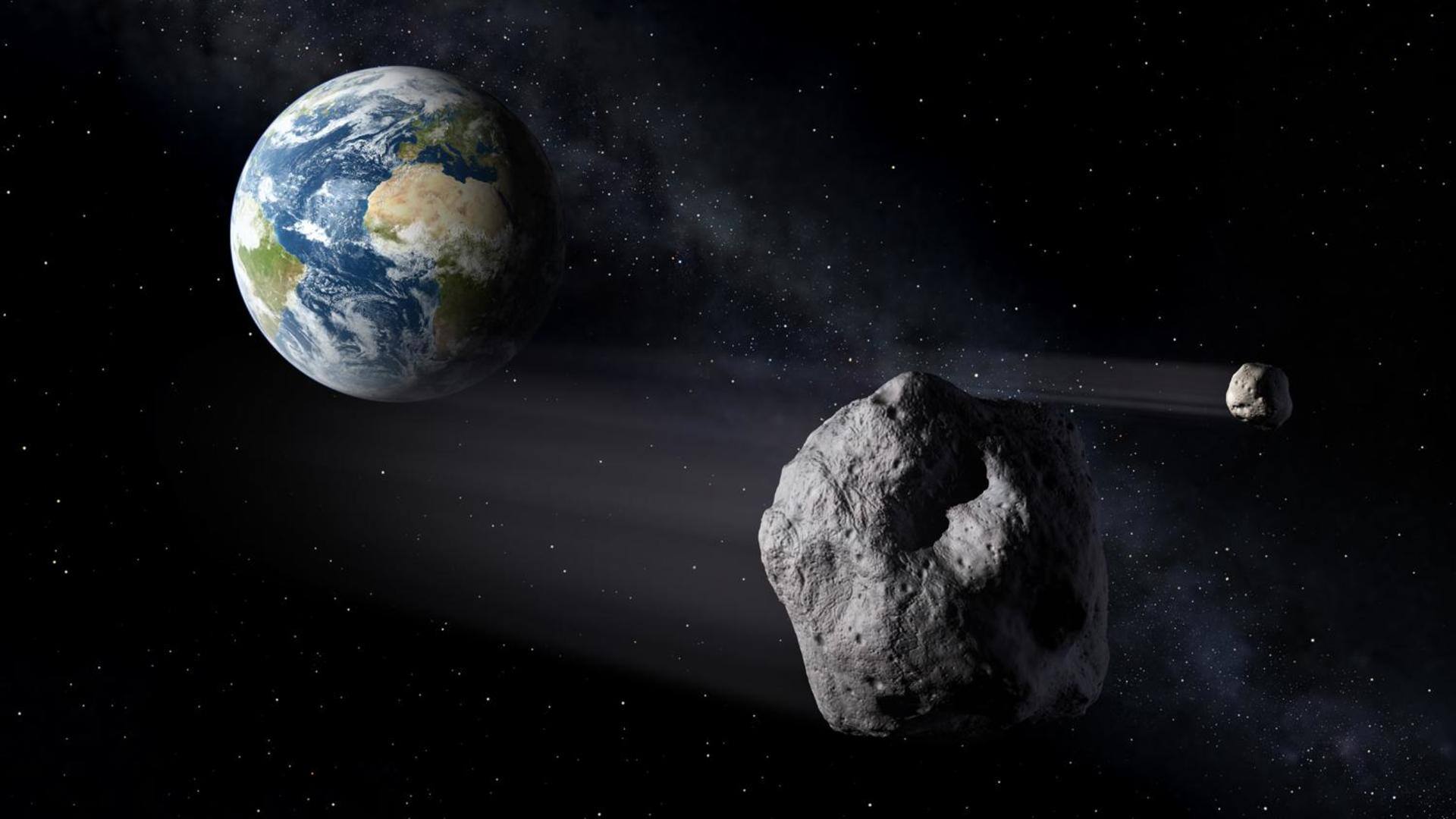
Beware! A 48-feet asteroid is set on Earth's course today
What's the story
A 48-feet asteroid, dubbed 2022 VL1, is hurtling toward Earth and will come terrifyingly close to our planet on Sunday, i.e., November 13.
It is traveling at a speed of 31,306km/h and will approach us at a distance as close as 453,835 kilometers (about 282,000 miles).
Although it is small in size, NASA has flagged it as a "potentially hazardous" space rock.
Context
Why does this story matter?
Nearly every day, asteroids meander through the solar system. A slight detour in their path could set any of these bodies on a collision course with Earth. In fact, we have already witnessed a few close encounters in recent days.
Therefore, NASA is constantly on the lookout for near-Earth space rocks, the ones that might pose a threat to our planet.
Details
2022 VL1 is travelling at 31,306 km/h
The asteroid 2022 VL1 has been included in NASA's database of the Center for Near Earth Object Studies (CNEOS).
The space rock is traveling at 31,306km/h, which is really fast.
According to NASA's JPL Asteroid Watch, it will trespass into the vicinity of the solar system surrounding Earth and get dreadfully close. If it collides with the planet, it may lead to serious harm.
Proximity
Objects within 7.4 million km are a threat
The asteroid 2022 VL1 will approach Earth at a distance close to 453,835 kilometers.
NASA's Asteroid Watch dashboard says that objects are deemed to be a threat if they come within 4.6 million miles (or 7.4 million km) of the planet's orbit.
So, astronomers are extremely concerned about its impact and are hence monitoring 2020 VL1 till it makes a safe passage.
Measures
How is NASA dealing with asteroids?
Asteroids pose risks, and their close flybys are terrifying. Therefore, NASA is putting efforts into monitoring the accurate activity of near-Earth objects (NEOs).
The Wide-field Infrared Survey Explorer (WISE) telescope and the resources of the Jet Propulsion Laboratory (JPL) are used to track these threat-posing space rocks on a regular basis.
Recently, the space agency has increased its research into asteroid strike prevention.